Broccoli & Pea Curry Purée
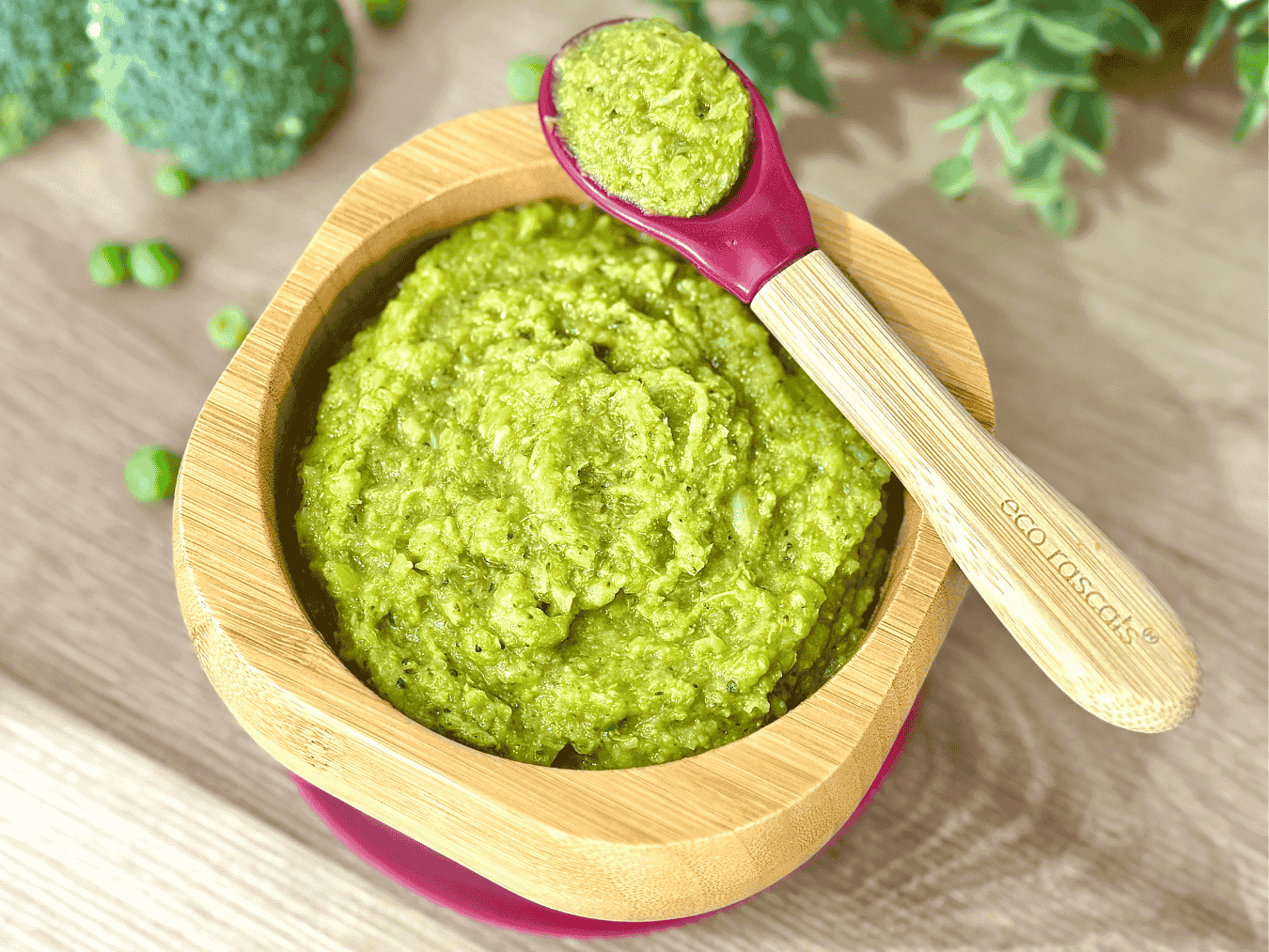
Written by Kenny Ekerin
Fact Checked by Mindsmaking Professionals
6th, August, 2025
This post may contain affiliate links. Please read our disclosure policy.
This Broccoli & Pea Curry Purée is a creamy, mild, and veggie-packed wholesome baby food that gently introduces curry flavors while being smooth, freezer-friendly, and easy to make.
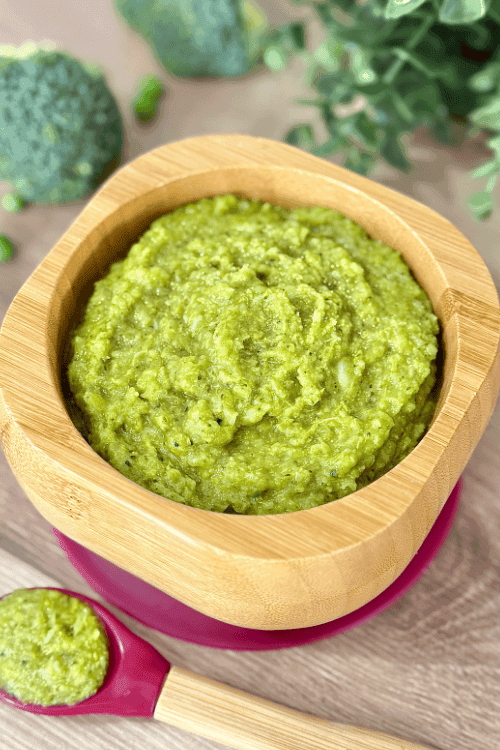
Introducing your little one to new flavors can feel a bit like an adventure, and this broccoli & pea curry purée is a perfect way to start exploring solids gently. With its velvety texture, natural sweetness from peas and potato, and a mild kick of curry, this baby-friendly recipe makes a nutrient-rich and comforting first experience with spices.
It’s a great one to have on hand for busy days, it freezes well, blends beautifully, and sneaks in plenty of fiber, vitamin C, and iron without overwhelming your baby’s palate. Whether you're doing traditional spoon feeding or soft-textured baby-led weaning, this little bowl of goodness hits the mark.
Why You’ll Love These Baby Puree
- Naturally soft, easy to chew, and great for self-feeding
- Packed with fiber, vitamins, and antioxidants
- Freezer-friendly and easy to prep ahead
- Customizable for allergies or dietary preferences
- A sneaky way to add veggies to your child’s plate without the struggle
Prep Time: 8 minutes
Cook Time: 14 minutes
Yields: 3–4 portions
How to Make These Broccoli & Pea Curry Puree
Ingredients
- 1 tbsp unsalted butter
- 1 medium sweet potato, peeled and chopped
- 1 tsp mild curry powder
- 1½ cups weak vegetable stock or water
- 6 small broccoli florets
- 1 cup peas (fresh or frozen)

Read This Next

Recipe Ebook
Essential Guide to Starting Solids for Babies 6 Months+ - LBH Top 70 Baby Puree & Porridge Recipes eBook.
Start your baby’s solids journey with confidence using this "70 Baby Purees & Porridges" eBook! Created with care, this digital guide is packed with nutrient-rich recipes for babies 6 months and older, including purees and porridges tailored to each stage of your baby’s development.
Instructions
1. Saute and Spice
Melt the butter in a small saucepan over medium heat. Add the chopped potato and curry powder. Stir for 30 seconds to gently toast the spice.
2. Simmer the base
Pour in the vegetable stock or water, cover the pan, and simmer for about 8 minutes, or until the potatoes begin to soften.
3. Add Greens
Stir in the broccoli florets and peas. Replace the lid and cook for another 5–6 minutes until all veggies are tender.
4. Blend it smooth
Remove from heat. Use an immersion blender or food processor to blend the mix into a purée.
Adjust texture to suit your babys developmental stage (smooth for early eaters, or slightly textured for older ones.)
5. Cool and Serve
Let it cool a bit before serving. Store the rest for later.

Tips for Success
Go Mild with the Curry
Babies' taste buds are still developing, and strong spices can be overwhelming or even irritating for their tiny tummies. Use a mild, salt-free curry powder that's specifically baby-safe (many brands label these). A small amount (1 tsp or less) gives just enough flavor to introduce new taste experiences without being overpowering or spicy.
Cook Until Super Soft
Texture is key for infant digestion and safety. Be sure the potato, broccoli, and peas are all fully cooked and soft before blending. This ensures a smoother purée and prevents large chunks that could be difficult to swallow.
Use Low-Sodium Stock or Water
Commercial vegetable stocks can contain more salt than is safe for babies. Either opt for a homemade, no-salt-added stock or simply use water. Babies under 12 months should have minimal salt to protect their developing kidneys and overall health.
Serving Suggestions
Traditional Purée (6 months +):
Serve the purée warm in a small bowl and offer via spoon-feeding. This is ideal for babies just starting solids through traditional weaning methods.
Baby-Led Weaning (8+ months):
Spread a thicker version of this purée onto toast fingers, soft cooked pasta, or steamed veggie sticks (like sweet potato or carrot). The texture can be adjusted to be thicker to make it easier for your baby to pick up or scoop.
Toddler Meal Upgrade (1+ year):
Mix the purée into cooked quinoa, couscous, rice, or lentils for added bulk and texture. You can also use it as a sauce over mild scrambled eggs or soft tofu cubes.
Family Dip:
Use this purée as a mild dip for roasted veggies, soft naan bread, or crackers. It’s a clever way to serve a familiar flavor base to both babies and older siblings during family mealtime.
How to Store
Refrigerator Storage:
After cooking, allow the purée to cool completely to room temperature. Then store it in a clean, airtight container in the fridge. It will stay fresh for up to 3 days.
Freezer Storage:
For longer-term storage, divide the cooled purée into baby-safe freezer trays or silicone pods (ice cube trays also work well). Once frozen solid, transfer cubes into a labeled freezer-safe bag. This purée can be frozen for up to 3 months. It’s perfect for batch cooking and meal prep.
Reheating Instructions:
To reheat, simply pop a portion into a small saucepan over low heat or use the microwave. Stir well and let cool to a baby-safe temperature before serving. Never refreeze previously thawed food.
Nutrition
(per serving, approximate):
- Calories: 95 kcal
- Carbohydrates: 15g
- Protein: 4g
- Fat: 3g
- Saturated Fat: 1g
- Polyunsaturated Fat: 0.5g
- Monounsaturated Fat: 1g
- Trans Fat: 0g
- Cholesterol: 5mg
- Sodium: 60mg
- Potassium: 340mg
- Fiber: 4g
- Sugar: 3g
- Vitamin A: 765 IU
- Vitamin C: 35mg
- Calcium: 40mg
- Iron: 1.2mg
Note: Nutritional values are estimates and may vary depending on brands and preparation.
Frequently Asked Questions
Can I use frozen vegetables for this recipe?
Yes! Frozen broccoli and peas are not only convenient but just as nutritious as fresh. There's no need to thaw beforehand—just add them to the pot and extend the cook time by 1–2 minutes to ensure they’re soft enough to blend.
Is curry safe for babies?
Yes—as long as it's mild, salt-free, and used in small amounts. Curry introduces new sensory experiences and helps develop adventurous palates early. However, avoid spicy blends and always start with tiny quantities when first introducing spices.
What if my baby prefers thicker textures?
That’s an easy fix! Simply blend the purée less, or even use a fork or potato masher instead of a blender to keep a soft, chunky consistency. Babies around 8–10 months can benefit from more texture as they build chewing skills and jaw strength.
Can I make this recipe dairy-free?
Yes! Replace the butter with a mild-flavored oil such as olive oil or avocado oil. This change won’t affect the texture, and it makes the recipe suitable for babies with dairy allergies or sensitivities.
How do I know if the texture is safe for my 6-month-old?
The ideal texture for 6-month-olds is smooth, lump-free, and easy to swallow. The purée should coat a spoon but not run off too quickly. Always test it with your finger—it should feel like a silky mashed potato consistency.
Can I mix this purée with other baby foods?
Absolutely. Try blending or mixing it with apple purée, mashed sweet potato, or soft lentils. This helps vary the taste and add extra nutrition while building your baby’s food confidence.
Can toddlers or adults eat this too?
Yes! For toddlers, it can be served as a sauce or spread. For adults, you can stir in extra curry spice and use it as a dip for flatbreads or roasted veggies. It’s a great base for adjusting to every age group in your household.
What if I don’t have curry powder?
No problem. You can swap curry powder for a pinch of turmeric and a dash of cumin. This keeps the warm flavor profile without needing a pre-mixed spice blend.
Was this article helpful?
How many stars are you giving this article?
Leave a comment
Your email address will not be published.
Comments
More From Recipe
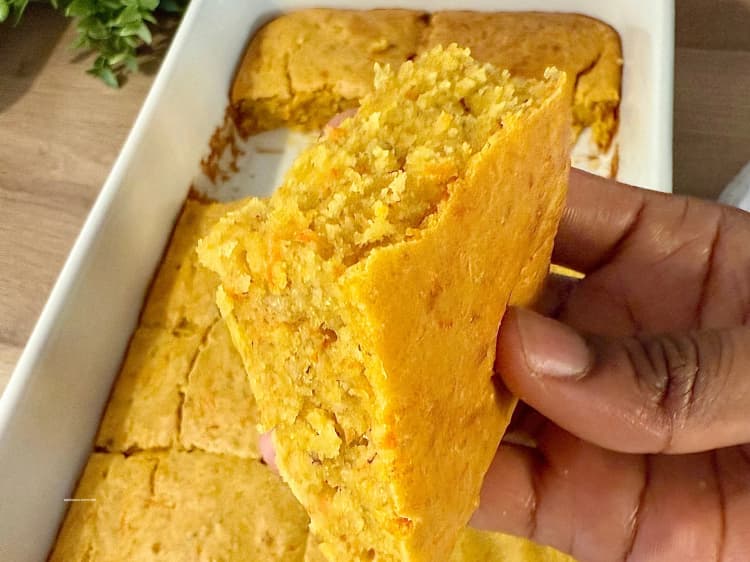
Applesauce Carrot Breakfast Cake
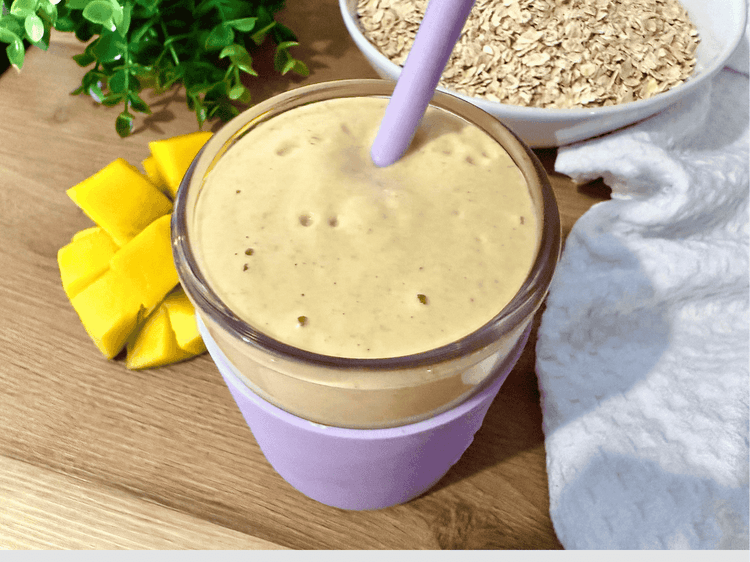
Mango Oatmeal Breakfast Smoothie
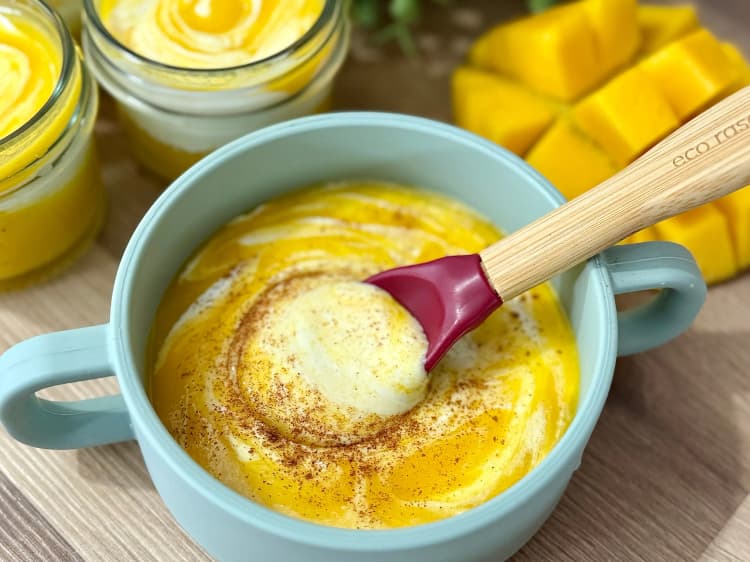
Homemade Mango Yoghurt

Blueberry Banana Muffins
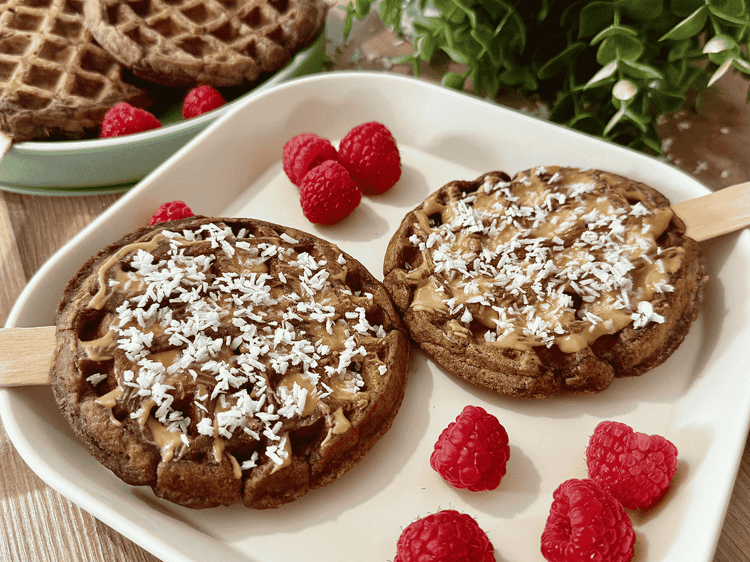
Coconut Chocolate Waffle Pops
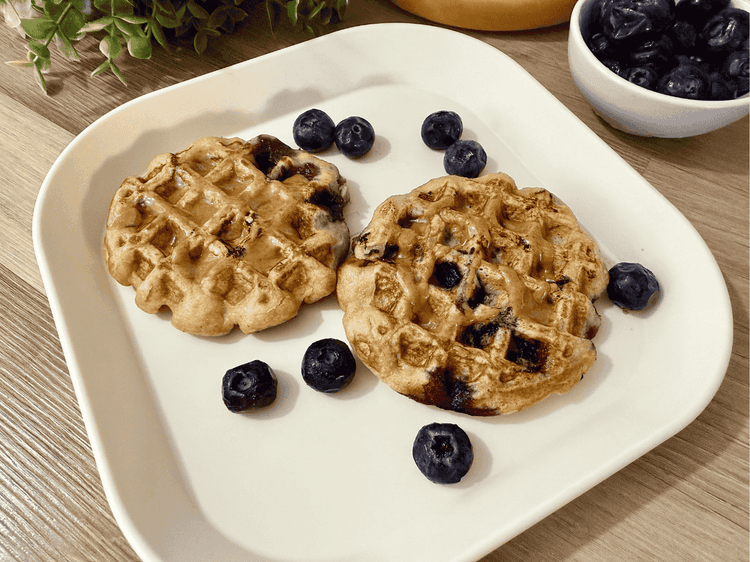
Blueberry Banana Waffles
Get new recipes to your inbox
Subscribe to our weekly newsletter and get new recipes sent to your inbox!